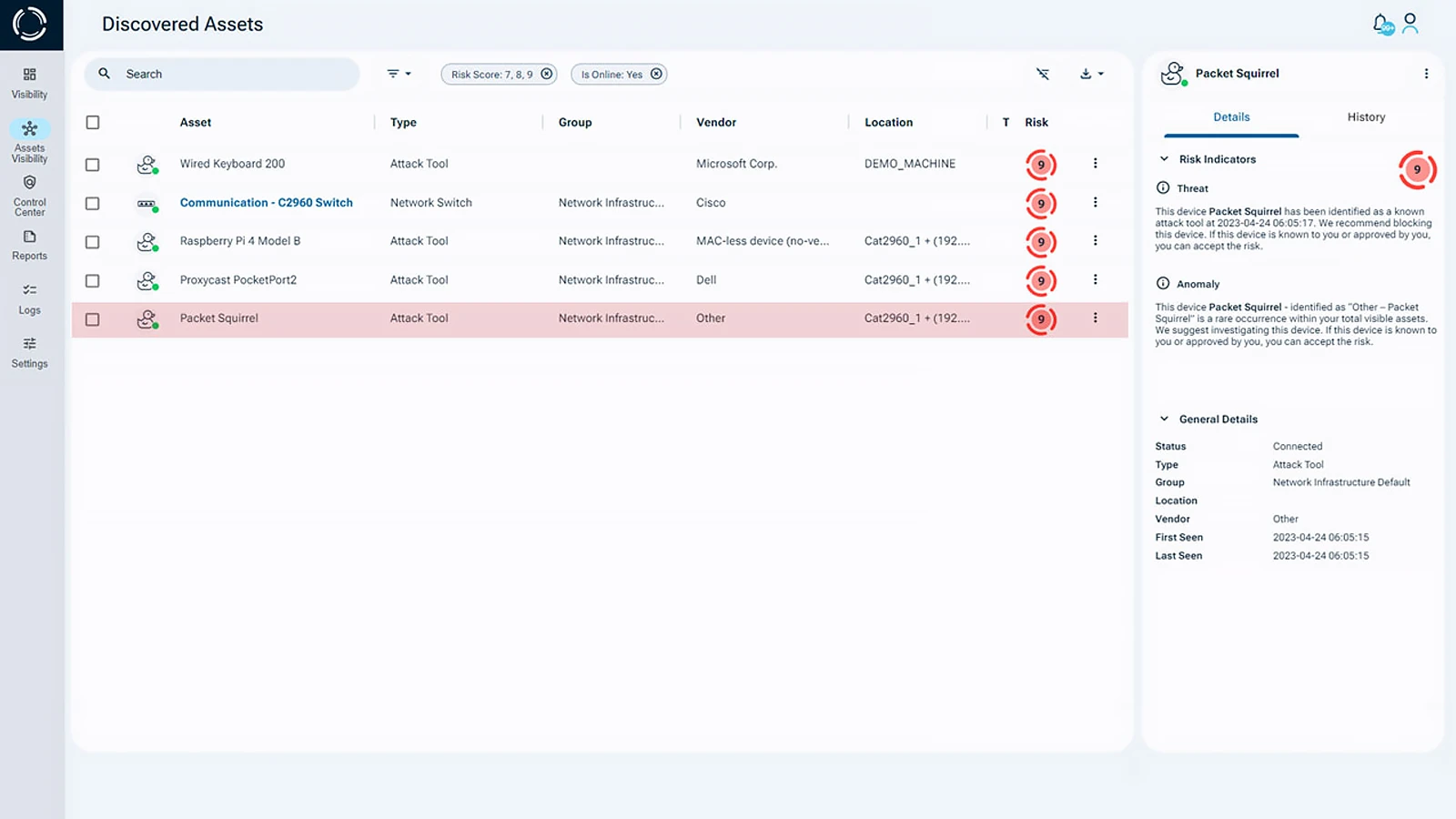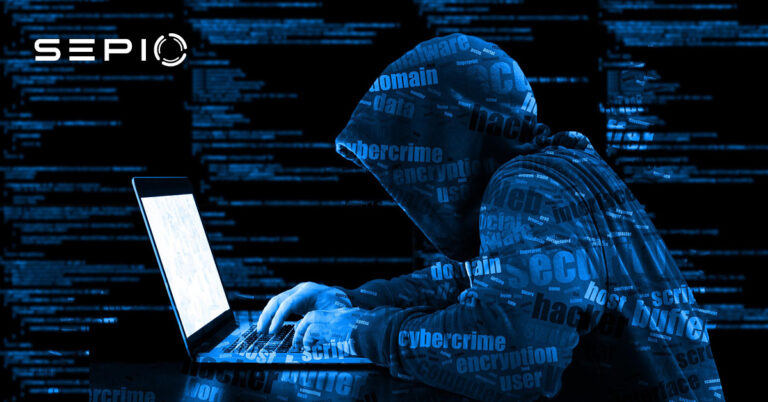What are Human Factors in Cybersecurity?
Human factors in cybersecurity refer to the ways in which human behavior, decision-making, and errors impact an organization’s security. Despite advanced technologies and robust defense systems, people remain one of the most significant vulnerabilities in any security strategy.
In fact, human error accounts for a large percentage of cybersecurity breaches, from falling for phishing emails to misconfiguring systems or using weak passwords. These mistakes can open the door to cyberattacks, data loss, and insider threats.
Recognizing the significance of human factors in cybersecurity is crucial for managing cyber risk. Cyberattacks and insider threats highlight how human behavior directly impacts an organization’s security posture. By understanding and addressing these risks, you can take proactive steps to reduce human-related vulnerabilities and foster a stronger cyber-physical security culture.
Cyber Security Human Factors
Cyber security human factors play a crucial role in the security posture of your organization. By the time you finish reading this blog, you’ll understand just how human factors can impact cybersecurity and insider risk management. Some individuals don’t just act irresponsibly. They act with malicious intent. A 2023 Kaspersky report reveals that approximately 26% of all cybersecurity incidents were caused by employees intentionally violating security protocols, while 38% resulted from unintentional human errors, highlighting the significant role human behavior plays in internal threats.
You’ve probably hired professionals you trust, responsible and highly skilled in their jobs. However, when it comes to cybersecurity, many employees remain uneducated on the topic. This emphasizes the critical importance of educating your team about cybersecurity risks and how their actions (or inaction) can directly impact your organization’s security measures. After all, the human element often remains the most significant vulnerability in the fight against cyber threats.
Unintentional Human Errors
Unintentional human errors often stem from a lack of proper training or from overwhelming volumes of complex cybersecurity regulations that a) employees are unwilling to read, or b) if they do, they find too technical to fully comprehend. This lack of understanding about cybersecurity risks can lead to significant damage to your organization. Recent studies emphasize the significant role of human error in cybersecurity incidents. A 2024 study found that employee mistakes cause 88% of data breach incidents. Similarly, IBM’s 2024 Security Report indicates that human error is tied to 95% of data breaches. Regarding ransomware attacks, a 2023 report by Varonis reveals that 66% of organizations experienced ransomware attacks in the past year. While specific percentages linking these attacks directly to employee actions are not provided, the correlation between human error and increased vulnerability to such threats is evident.
These findings underscore the critical need for comprehensive cybersecurity training and policies to mitigate risks associated with unintentional human errors.
But carelessness isn’t your only challenge. Those extensive pages of regulations I mentioned? They might actually be contributing to your organization’s vulnerabilities. It may seem paradoxical, but overwhelming employees with complex rules can cause them to hide incidents out of fear of being reprimanded. In fact, 40% of businesses worldwide report that employees conceal incidents when they occur, meaning you won’t be aware of issues until it’s too late. Understanding human factors in cybersecurity is essential to addressing this issue and preventing such lapses.
Human Factors in Cybersecurity and BYOD Policies
Allowing employees to use their own devices (BYOD) may seem like a convenient and cost-effective choice, but it introduces significant vulnerabilities to your organization. This is a critical area where human factor in cyber attack scenarios plays a key role. Many cybersecurity incidents occur as a result of human behavior and the risks associated with BYOD implementation. For example, the lack of control over personal devices, the risk of lost devices, and the sharing of company data all contribute to security breaches. While permitting employees to use their own devices can reduce costs, the potential costs of data breaches far outweigh the savings from providing organization-owned devices.
Continuous Employees Cybersecurity Training
So, how can you address this challenge? While changing human behavior may be difficult, strengthening cybersecurity policy enforcement by considering the impact of Human Factors in Cybersecurity is crucial. It’s clear that many organizations need to take proactive steps to improve compliance with security policies. The solution? Continuous employees cybersecurity training and education.
Your employees may not fully grasp the potential damage their actions can cause to your organization. It’s important to make them aware of just how serious the consequences can be. However, since relying solely on human behavior can be unpredictable, an alternative favored by many businesses is to invest in advanced IT cybersecurity software. The true price of a compromised network security is something you can’t fully measure until it happens, so it’s far more cost-effective to prevent it than to deal with the aftermath.
Hardware-Based Cybersecurity Threats
Human factors in cybersecurity remain the weakest link, particularly when it comes to hardware-based attacks. These attack tools often utilize rogue hardware disguised as everyday items, such as USB drives, chargers, or peripherals, making them nearly impossible to detect with the naked eye. They can easily bypass traditional firewall defenses and perimeter security measures, exploiting vulnerabilities at the physical layer. Detection becomes particularly challenging, as conventional tools like Network Access Control (NAC), Endpoint Protection Systems (EPS), Intrusion Detection Systems (IDS), and IoT network security solutions are not equipped to identify hardware-level intrusions.
Employees may unintentionally introduce threats by connecting unauthorized devices or falling for social engineering tactics. Since human error is a major contributor to security breaches, it’s essential for organizations to prioritize training and awareness to mitigate these risks.
To counter both human and technical threats, organizations need advanced solutions that offer deep visibility into hardware assets. By addressing detection gaps and incorporating human behavior into the security strategy, businesses can better protect against unauthorized devices and significantly reduce cybersecurity risks.
Sepio’s Asset Risk Management
Sepio’s platform provides organizations with complete visibility of all hardware assets within their network infrastructure, including remote devices. By leveraging Physical Layer visibility (OSI Model) fingerprinting technology and Machine Learning, Sepio generates a unique digital fingerprint based on the electrical characteristics of each device, which is then compared against known vulnerable or rogue devices.

Sepio allows system administrators to define and enforce strict, granular policies, ensuring that robust security measures are in place. When a device breaches the pre-set policy, Sepio automatically initiates a mitigation process, instantly blocking hardware-based attacks.
Take Control of Asset Risks with Sepio’s Technology
Consult an expert. It will help you understand how to use Sepio’s patented technology to gain control of your asset risks, including Hardware Risk, Real-time Threat Detection, and Zero Trust Endpoint Security.






